How To Soundproof a Window? {17 Proven Ways}
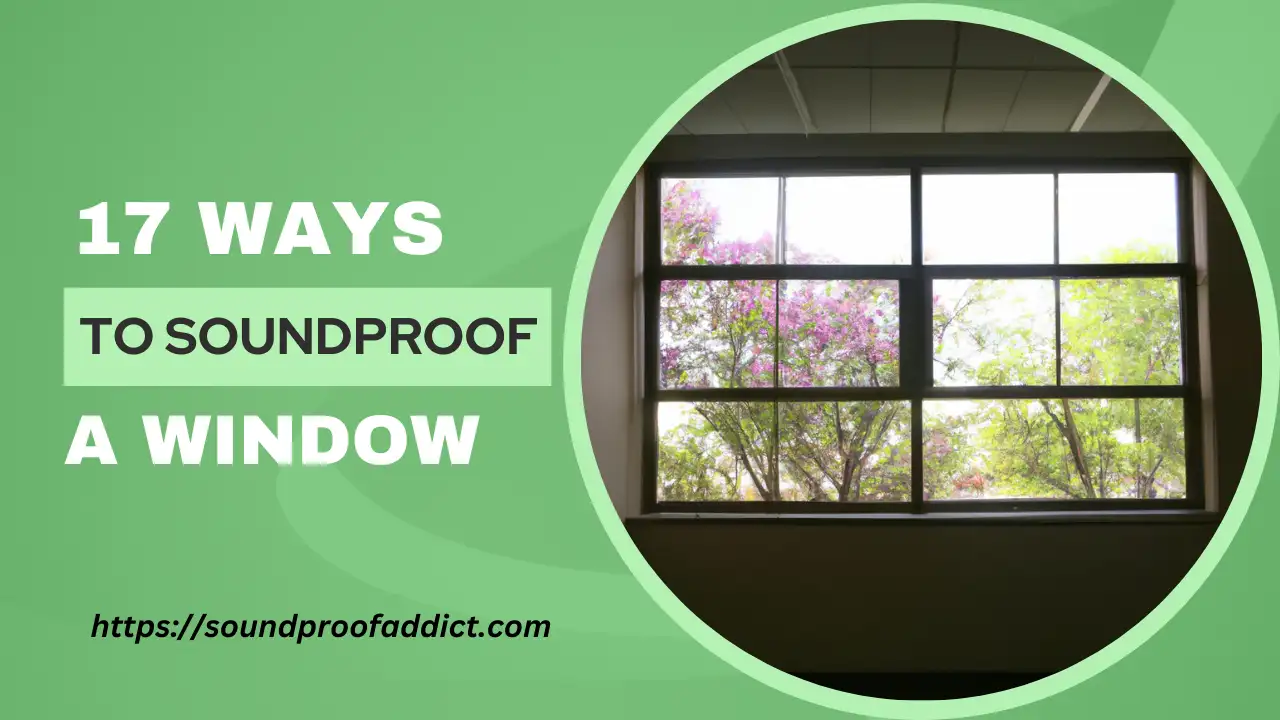
Is it frustrating to hear the constantly busy outside world through your window?
I mean, seriously, it’s like there’s never-ending.
And those loud neighbors and dogs barking? Ugh, don’t even get me started! I hate it too!
Well, you no longer have to deal with it! It’s time to take control and soundproof that widow.
In today’s post, we’ve got a whopping 17 effective ways to soundproof a window on a budget.
So, if you’re excited, then let’s get started!
17 Effective Ways To Soundproof a Window
Here are the 17 effective methods for soundproofing windows on a budget.
1. Install Soundproof Window Inserts
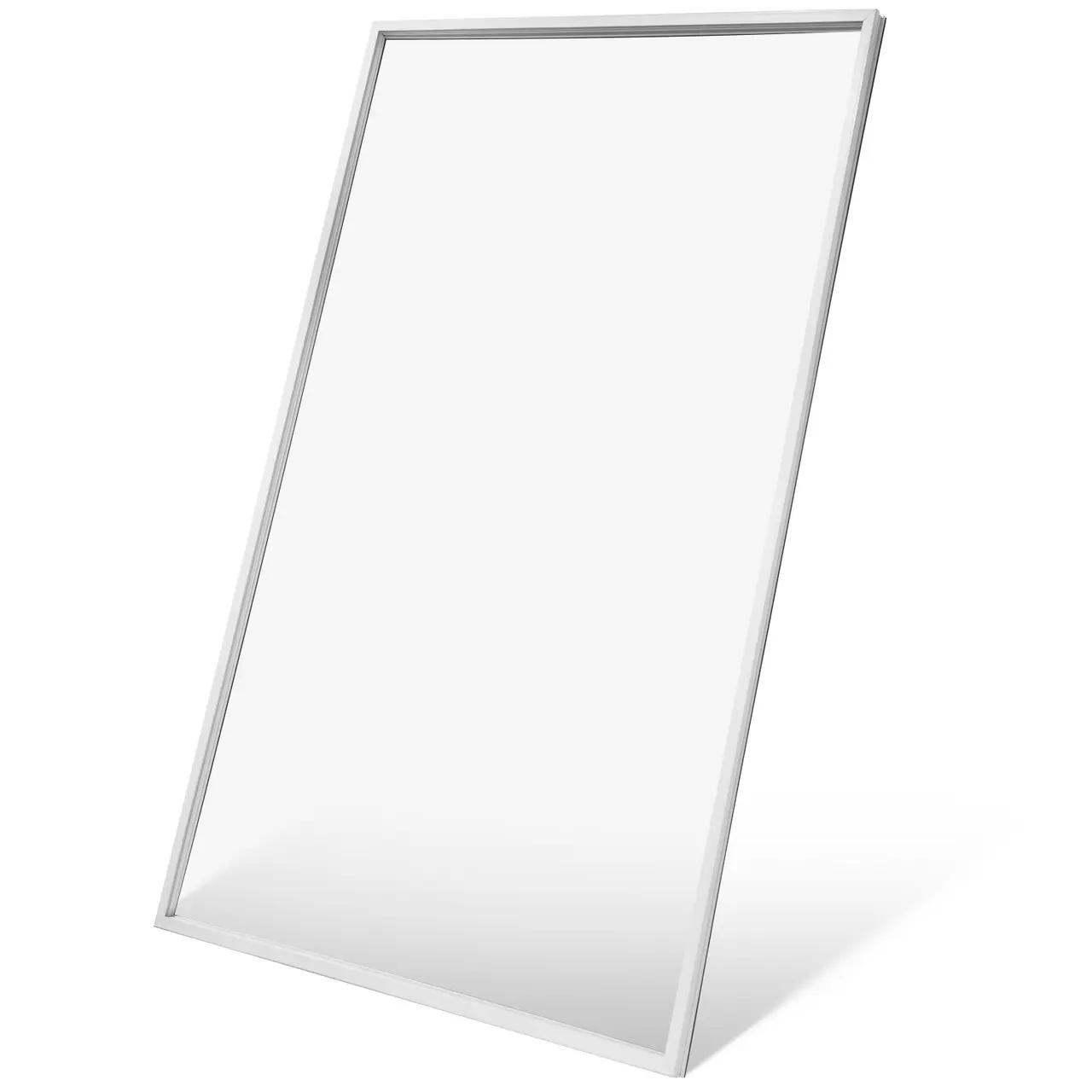
In my experience, using soundproof window inserts is hands down one of the best methods for soundproofing a window. I absolutely love them!
These inserts can reduce outside noise by up to 80%, which makes them a fantastic option for those living in noisy areas.
The materials used for these soundproof window inserts are usually acrylic, glass, or polycarbonate. These materials work together to effectively dampen the sound waves passing through.
And that’s not all – they also help retain indoor heat, which can lead to energy savings in the long term, making them a smart investment.
And to be frank, these window inserts are quite affordable compared to completely replacing your window, which can be super costly. Their prices usually start at around $200 per window.
2. DIY Window Plug: An Affordable Solution for Soundproofing a Window
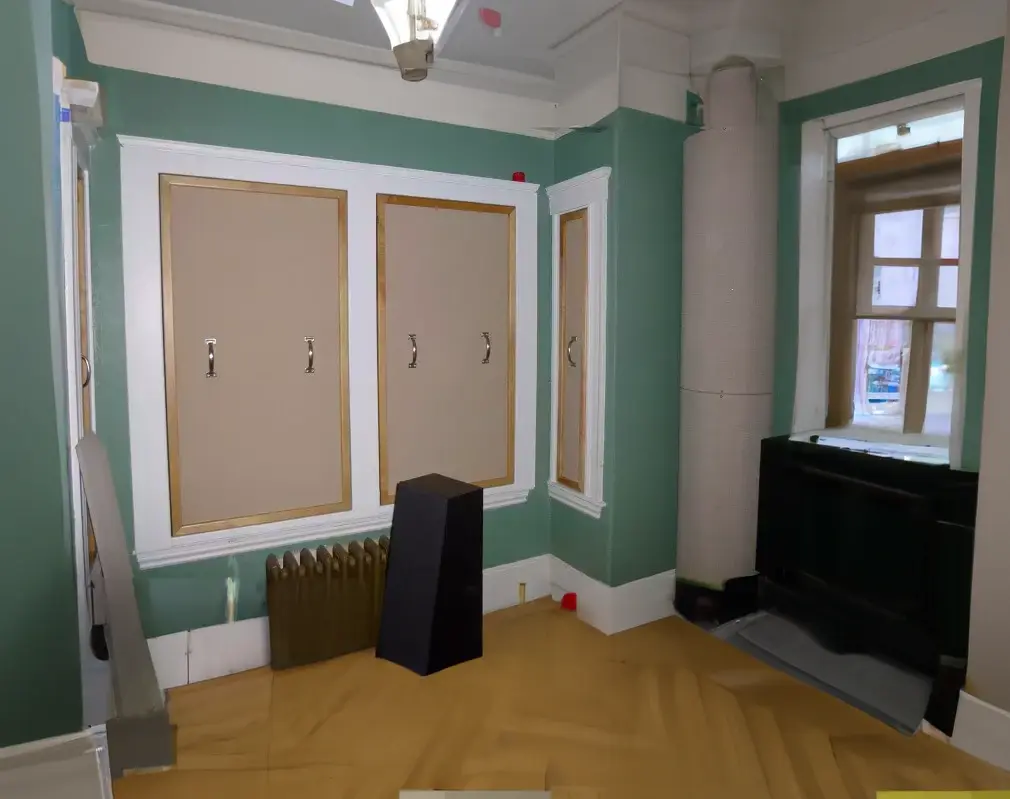
So, if you are looking for a quick and cost-effective way to reduce noise coming through your window then I would recommend creating a DIY window plug.
It’s a straightforward method that involves using simple materials like acoustic foam, weather-stripping, and plywood to block out those annoying sound waves.
To get started;
- First, measure your window dimensions and, cut a piece of plywood to fit the window frame accurately.
- Next, add weather-stripping to the edges of the plywood. This step ensures that when you place the plug into the window frame, it creates a tight seal.
- Now comes the soundproofing magic! Cover one side of the plywood with acoustic foam. Make sure to use adhesive to securely attach the foam to the wood.
- When you’re ready to use the window plug, slide it into the window frame with the foam side facing the interior of the room.
This way, it acts as a solid barrier against external noise, helping you enjoy a quieter and more peaceful space. The best part is that a DIY window plug is a budget-friendly solution.
The total cost will depend on the materials you choose, but you can typically expect to spend around $20 to $50 for a standard-sized window.
This makes it an affordable option that can be easily removed or adjusted whenever needed.
3. Upgrade to double-pane windows
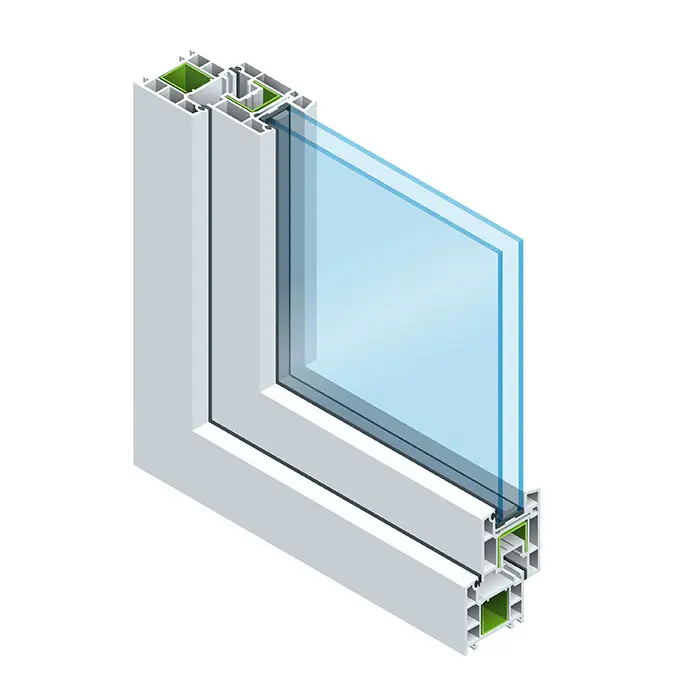
Upgrading from a single-pane window to a double-pane window is undoubtedly one of the most effective solutions for soundproofing your single-layer window and making your home more energy-efficient.
These windows are designed with two layers of glass, separated by an insulating gas-filled gap, which helps effectively block outside noise and vibrations.
The installation process for double-pane windows can be tough. That is why I wouldn’t recommend you to do it yourself. It will be best to have a pro to tackle the installation.
As for the cost, it varies depending on your window size. On average, you can expect to pay anywhere from $300 to $800 per window.
While it might seem a lot, but trust me the long-term benefits make it a worthwhile investment.
As these double-pane windows also contribute to better energy efficiency in your home in addition to reducing noise.
By providing improved insulation, they help maintain a comfortable indoor temperature, reducing the need for excessive heating or cooling. This, in turn, leads to significant savings on your energy bills over time.
So, if you’re looking to enhance your home’s insulation, reduce noise pollution, and save on energy costs, upgrading to double-pane windows is a smart choice.
However, if you cannot afford upgrading to a double-pane, but still you want to get a similar result then soundproof window inserts are a great fit for your needs.
The decision is up to you which one you choose, both solutions can greatly enhance your home’s environment.
4. Replace your current window with a soundproof one
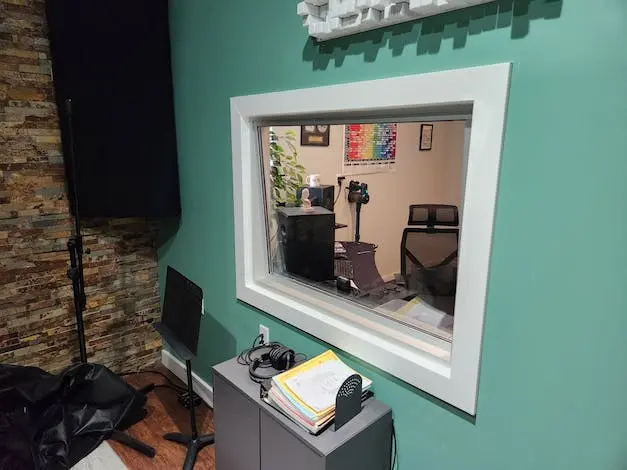
If you’re looking to improve the acoustic in your studio, replacing your current window with a soundproof one is an excellent choice for you if you want to quiet a loud window in your studio.
Soundproof windows are solely made to keep outside noise from entering the room. They typically have multiple layers of glass with an air gap or inert gas in between.
The secret to their effectiveness lies in their STC rating, the higher the rating, the more effective it will be at reducing noise.
As a general rule, soundproof windows with STC rating above 40 are considered to be good.
Now, I won’t lie, soundproof windows can be super pricey. But the investment is worth it, especially if you’re serious about the sound quality in your audio.
The exact cost will depend on factors like the window size and the type of soundproof glass you choose. Although, the price of a good quality soundproof window usually starts from $500 and can go up to $3,500 or more.
Besides blocking noise, soundproof windows also improve overall insulation in your studio. This ensures a controlled indoor environment, and you won’t have to worry about the noise from traffic, neighbors, or any other external sources while you’re recording or working on your projects.
5. Use honeycomb shades to block out noise
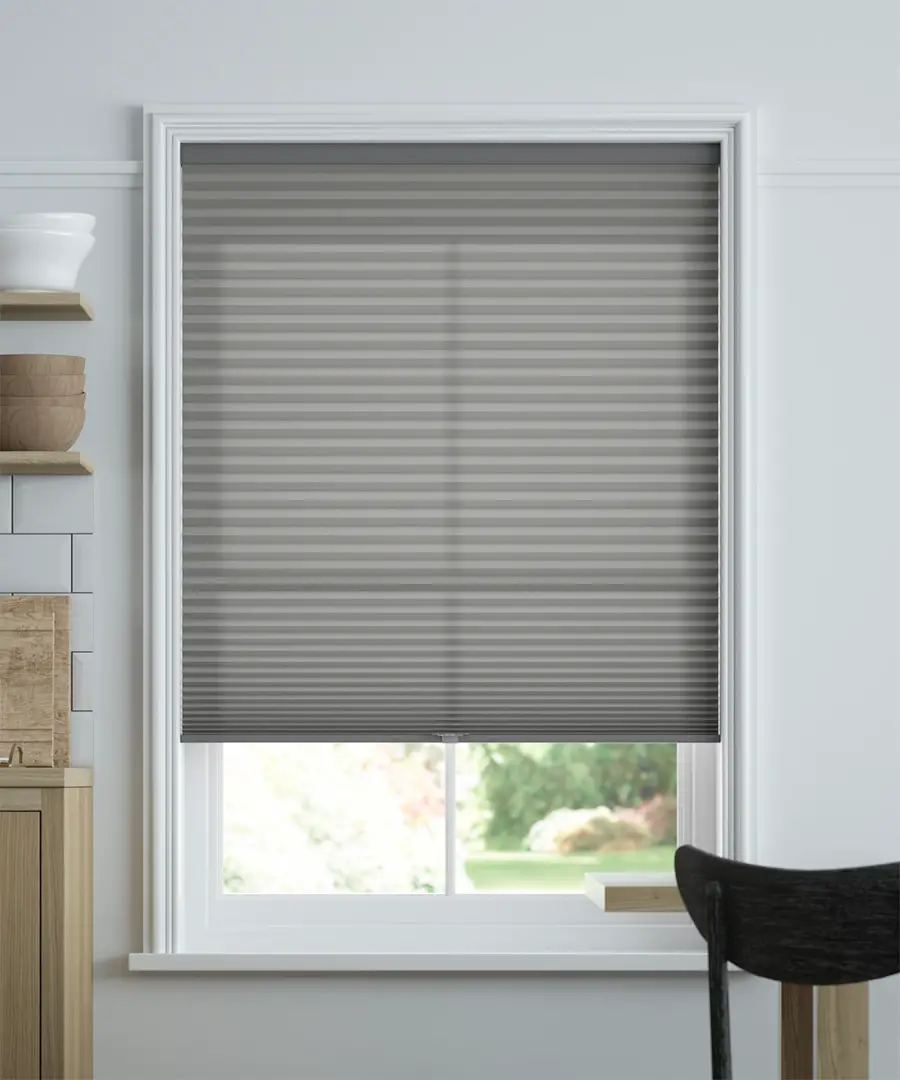
Honeycomb shades, also known as cellular shades, are an affordable and effective option for soundproofing a window.
These shades have small air pockets within their structure, which work like a natural buffer, effectively absorbing and reducing outside noise.
Talking about the cost, honeycomb shades are quite affordable. Just last month, I purchased one for silencing my louvre window and it only cost me $49. You can expect to find options ranging from around $30 to $150 per window.
But, let me mention that honeycomb shades can be a bit tricky to clean due to their delicate fabric construction and multiple layers.
So, while they provide excellent soundproofing benefits, it’s essential to handle them with care when cleaning.
6. Install sound-absorbing curtains
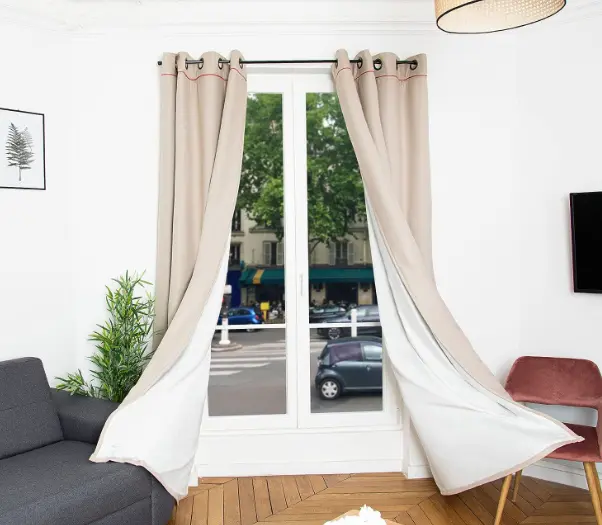
I totally understand how frustrating it can be to deal with outside noise when you’re trying to rest or focus. I had a similar experience during my stay in India last year.
Fortunately, I found a budget-friendly solution that worked wonders for me: sound-absorbing curtains!
These curtains are made with special materials that have a dense weave, which helps dampen and absorb sound waves reducing their impact.
The best thing is that you don’t need to make any permanent changes to your rental space. Simply install the curtain on your window, and you’ll notice a significant reduction in noise levels. So you can use it for noise-proof your rental window.
These curtains are great at minimizing noise, but they will definitely not be as effective as more advanced soundproofing methods such soundproof window inserts. However, considering their affordability and ease of use, they are definitely worth a try.
7. Seal gaps in Window with acoustic caulk
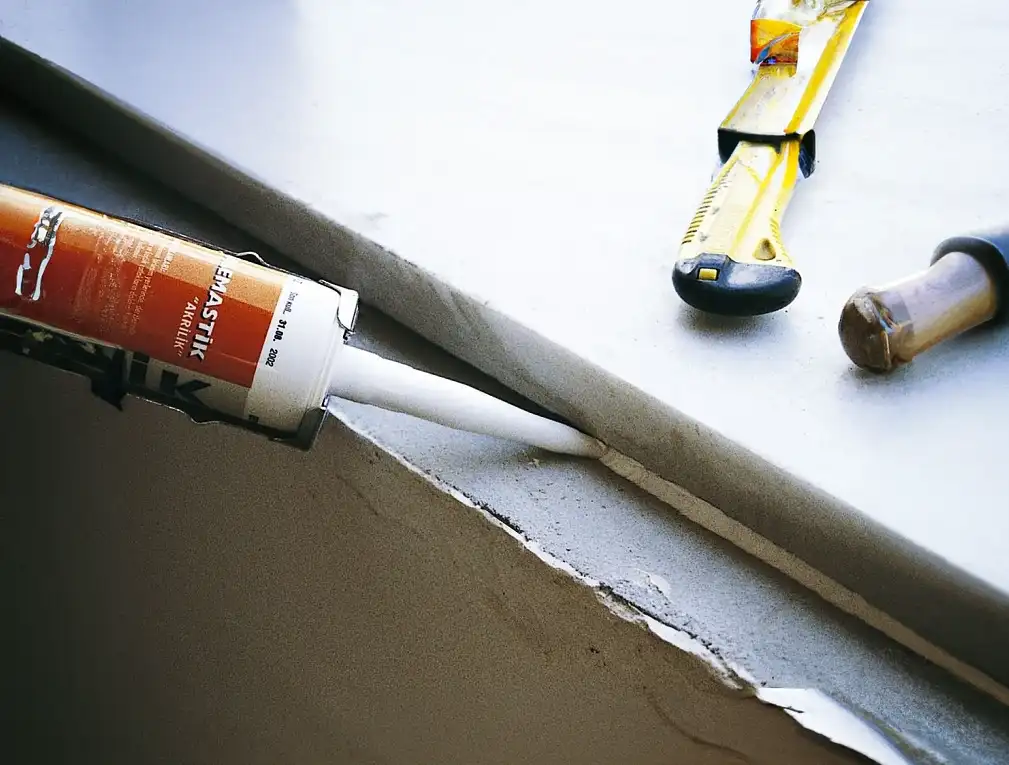
You know, sometimes our windows have tiny gaps or cracks where sound can sneak in. So, sealing those gaps is super important to keep noise out especially if you have an old window.
This might sound like a boring or outdated advice, but trust me, it does work.
I would recommend using acoustic caulk to fill up those gaps and stop sound from seeping through.
It’s easy to use, just clean the window frame and put the caulk along the edges, filling up all those little holes. Smooth it out with your finger.
8. Move heavy furniture near the window
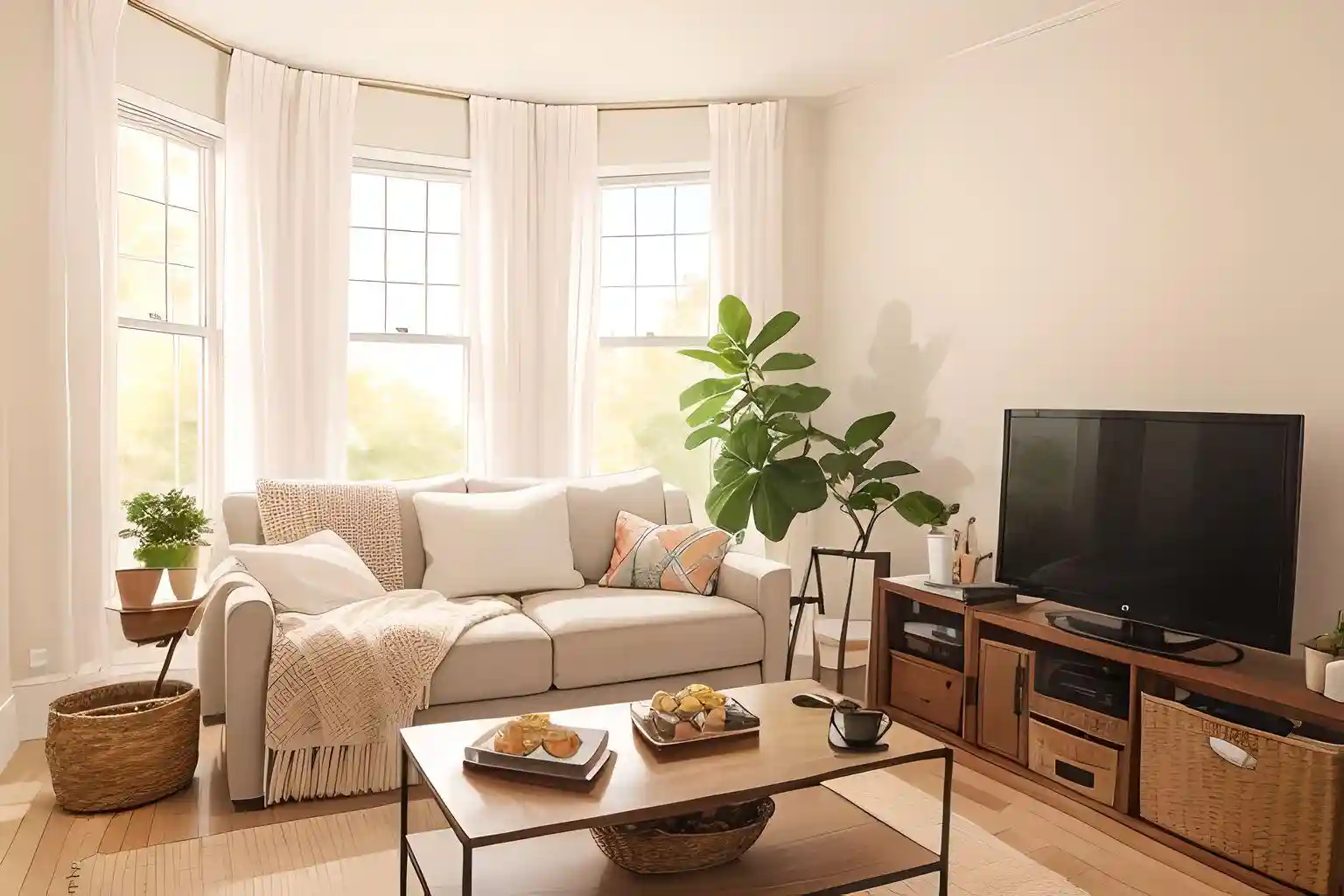
Want to make your room quieter without spending a penny? Here’s a cool trick!
If your window faces a noisy street or neighbor, use heavy furniture like a bookshelf or sofa to reduce the noise. Heavy and dense furniture helps in absorbing and dampening sound waves to some extent.
When sound waves hit the surface of heavy furniture, a portion of the energy is absorbed by the furniture material.
To use this technique, all you need to do is just put the heavy and dense furniture like sofas near the window or rearrange it to block the noise. And the best part? You don’t need to buy anything new.
So there you have it! With a little furniture rearranging, you can make your room more peaceful and quieter.
9. Use noise canceling earplugs
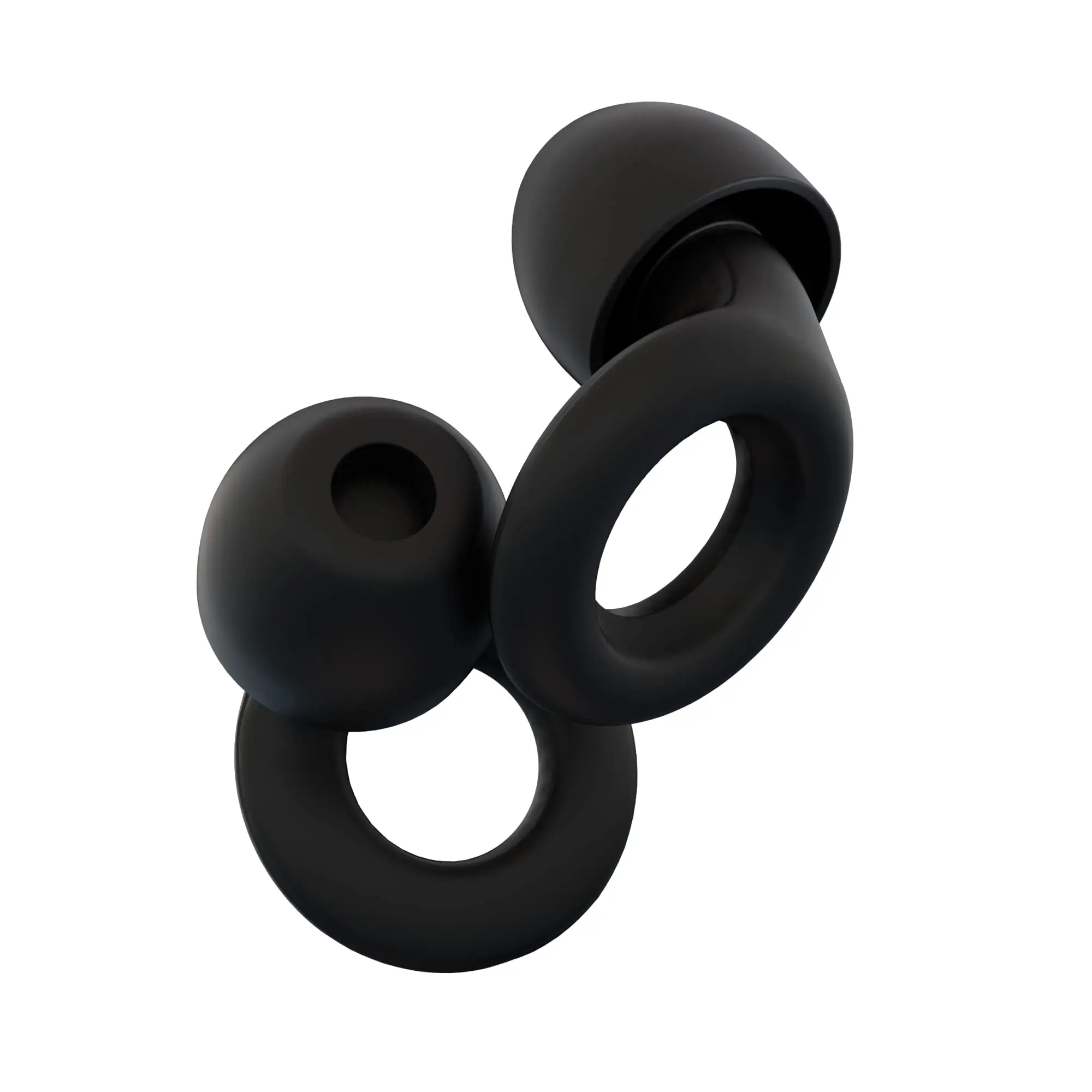
So, if you want to quickly lower the impact of noise you are hearing then using noise-canceling earplugs could be a clever approach. These earplugs are designed to block out unwanted noise.
According to TacticalHearing.com, noise-canceling earplugs work by reducing the sound pressure that reaches your eardrum, providing efficient noise attenuation.
From a scientific perspective, noise-canceling earplugs use advanced technology to generate anti-noise, which helps cancel out incoming sounds.
Anyway, to use them, simply insert the earplugs into your ears, and they will actively cancel out the surrounding noise.
While they may not be a stylish option, noise-canceling earplugs can be a temporary solution for blocking out noise, without spending a ton of money.
10. Install Carbon Absorption Panels
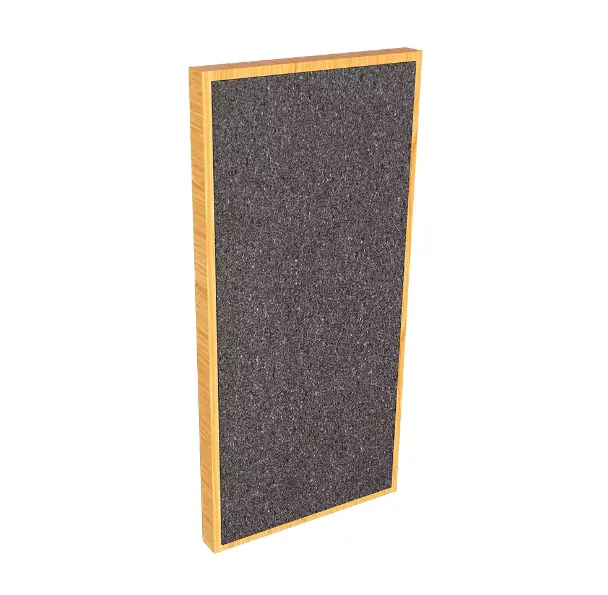
Carbon absorption panels are an excellent choice for soundproofing your windows. These are sound-absorbing materials constructed with activated carbon and a porous structure.
To use these panels for soundproofing your window, first and foremost, measure the size of your window and purchase carbon absorption panels that fit the size of your window frame.
Then place the panels over the window and enjoy the soundproofing benefits of these panels.
11. Improve Window Insulation by Replacing Old Weather-Stripping Tape
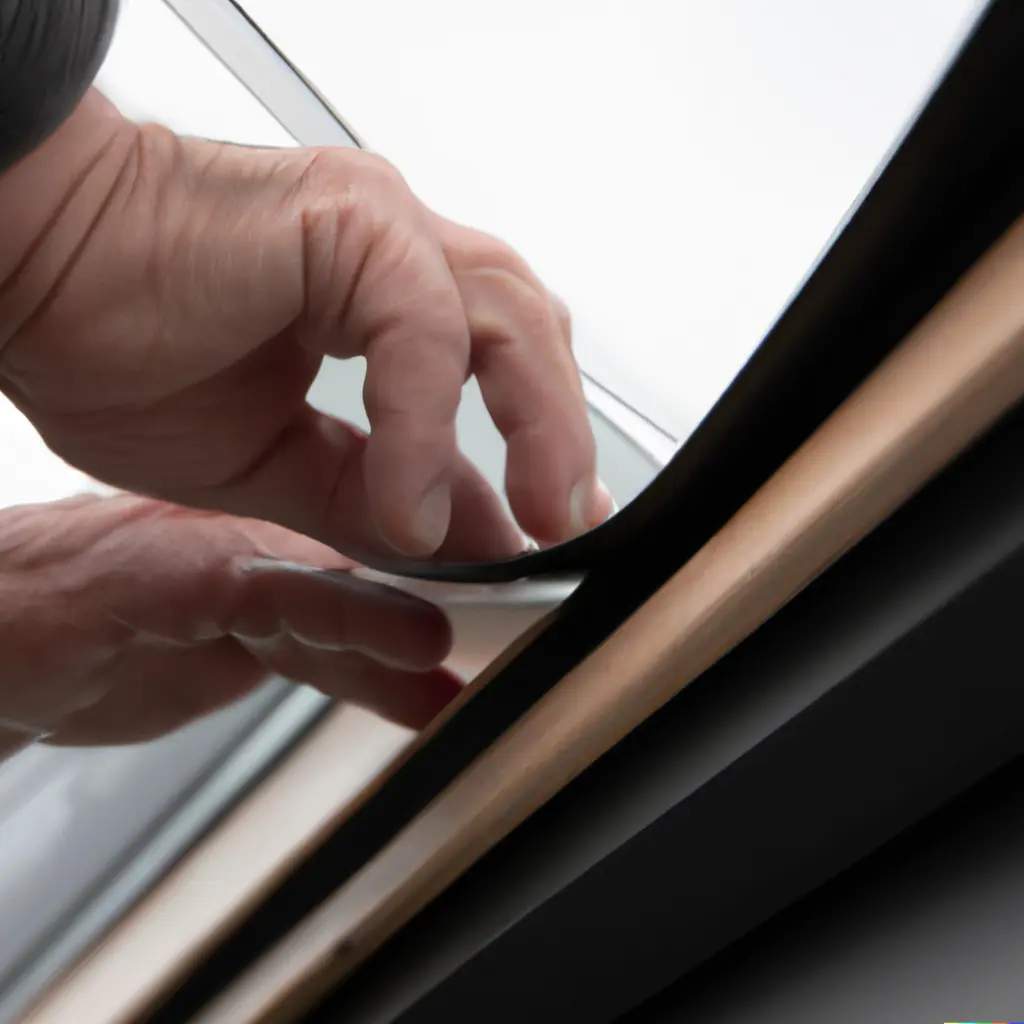
So, before we start here, honestly tell me one thing:
Have you ever considered replacing the old weather-stripping tape on your window? Most likely not!
Well, one of the primary contributors to poor window insulation is old weather-stripping tape.
Over time, the tape can wear out and become less effective, leading to gaps that allow air and sound to pass through easily.
By replacing the old weather-stripping tape with new and functional tape, you can improve your window’s insulation and reduce noise coming through your sash window.
To do so,
- Remove the old tape: Use a putty knife or scraper to carefully peel off the old tape from the window frame.
- Clean the frame: After removing the old tape, give the window frame a thorough cleaning to remove any dirt or residue.
- Install the new tape: Apply the new weather-stripping tape along the window frame and make sure it’s positioned properly for a tight seal when the window is closed.
12. Install Soundproof Window Shutters
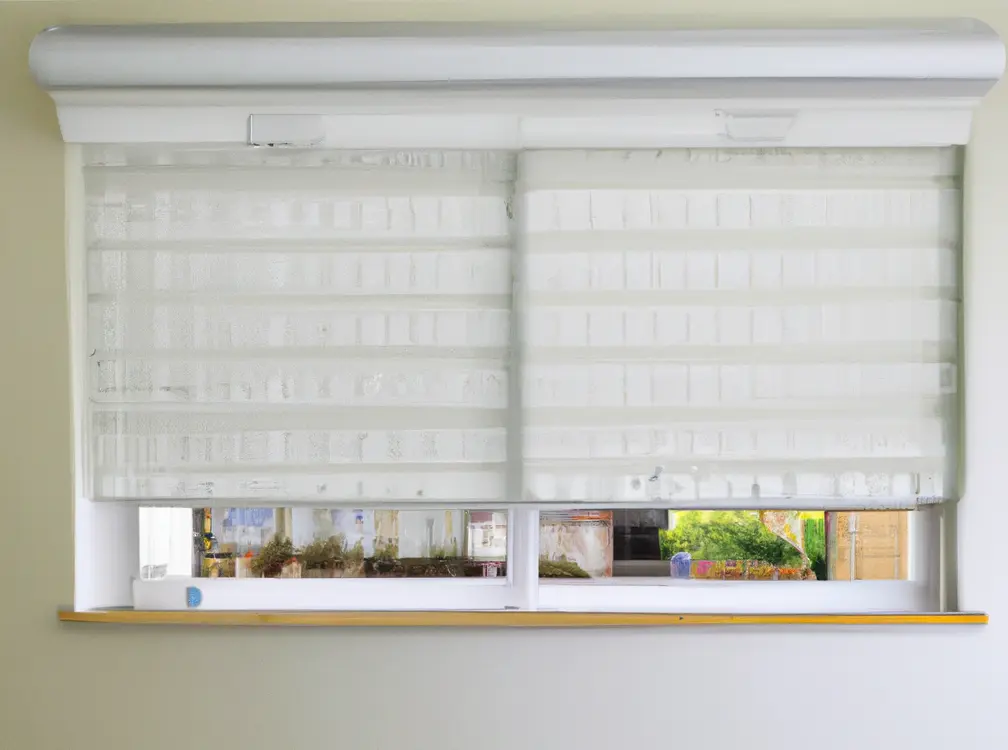
So, if you want to quiet your bay window but does not want to sacrifice aesthetics then soundproof window shutters would be an excellent solution for you. Window shutters are very popular these days and their popularity is growing over time.
The construction of soundproof window shutters is what makes them different from traditional shutters. They are made with dense and heavy materials, such as wood composites or even soundproofing-specific materials like mass-loaded vinyl.
Beyond their soundproofing abilities, these shutters offer other benefits as well. They can effectively control light and privacy and they can also contribute to insulation, helping you reduce energy consumption and save some money.
A good quality soundproof shutters can cost you $30 to $150 per window depending on the size and type (such as roller) of shutter you are buying.
13. Install thick sheets of Plexiglas
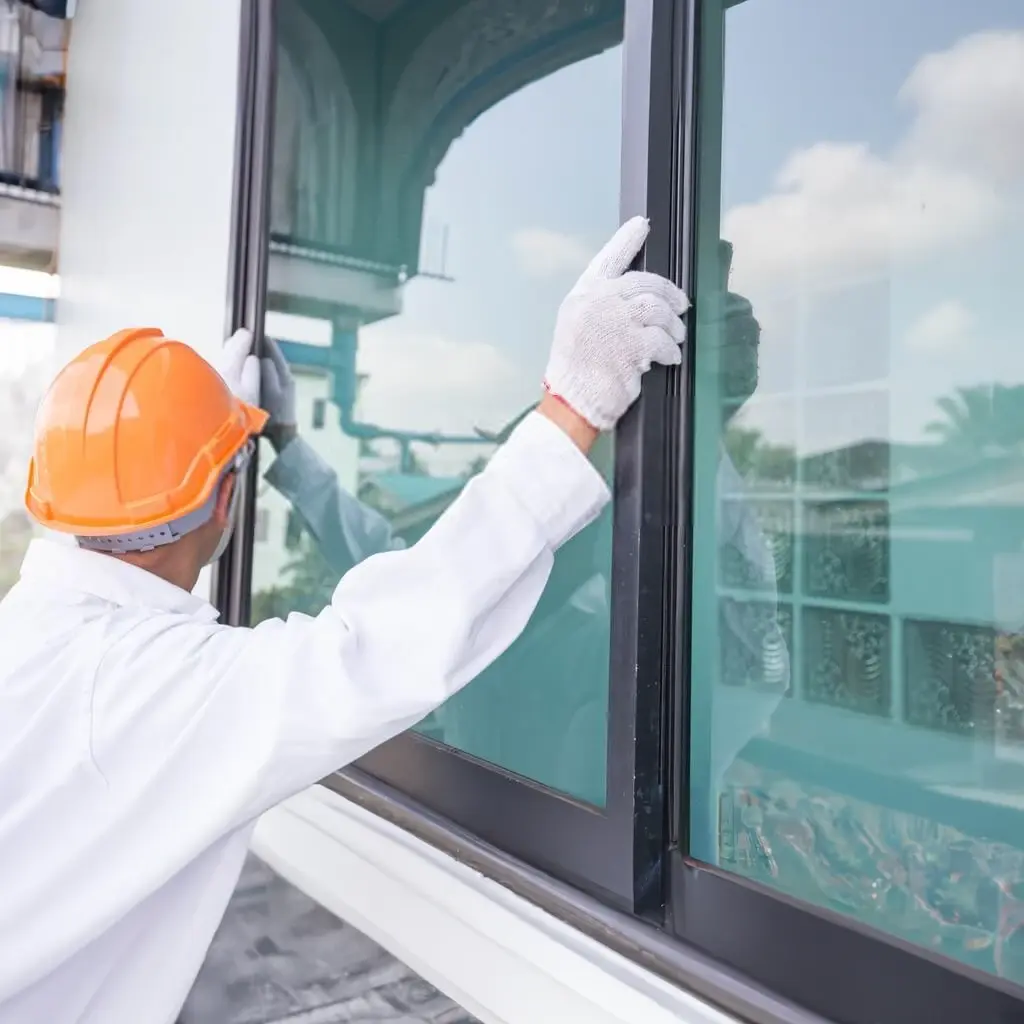
Plexiglass for soundproofing a window, well, you may not have heard about it before. But let me tell you that it is a highly effective way for window soundproofing.
Plexiglass, also known as acrylic sheet, is a transparent thermoplastic material. Plexiglass is derived from polymethyl methacrylate (PMMA), which is a type of synthetic resin.
These sheets are clear, lightweight, and durable. making them an ideal choice for those who don’t want to obstruct their window view by using methods such as sound-absorbing curtains.
Plexiglas isn’t just about quieting down the noise; it’s also like a snuggly blanket for your window, keeping it cozy and saving energy too! Lower bills, yay! 😊
Well, their cost depends on the size and thickness you need, but on average, it’s around $40-$70 per square foot. Not bad for all the peace and savings you’ll get!
Keep in mind that if you don’t have the proper tools or experience, it may be best to hire a pro to install the Plexiglas for you.
14. Use soundproofing window films
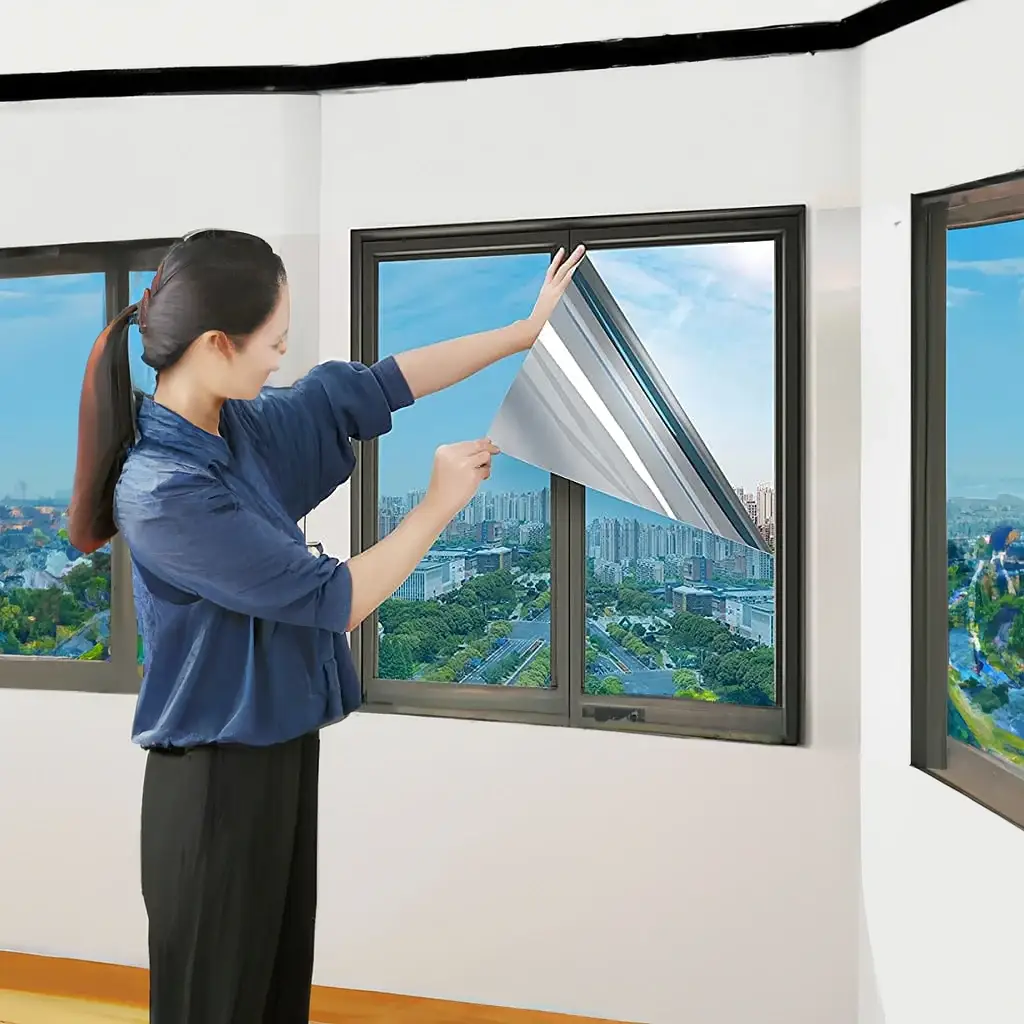
Are you still hunting for easy ways to mute your sliding windows? Then let me tell you about soundproofing window films. These films are a great solution for soundproofing a window from noisy neighbors.
These window films are transparent sheets designed to direct use on windows. They are typically made from polyester or other materials.
Soundproof window film works similar to window inserts by reducing sound waves that pass through it and creating a barrier between your window and outside noise.
Window films come in a variety of sizes, designs, and thicknesses. Thicker films offer better noise reduction but they are also a bit more expensive than thinner ones.
15. Use drywall to cover your window
If you know a little bit about soundproofing then you may already be familiar with drywall. It is a thick material that is known for excellent soundproofing properties and for the reason, it is very popular.
To use this method, measure the dimensions of your window and cut a piece of drywall to fit.
Next, attach the drywall to the window frame using screws or adhesive. And seal any gaps or seams with acoustic caulk to ensure maximum soundproofing.
However, if you do not want to make permanent changes, then you can simply place the drywall in front of the window without attaching it. This way, you can easily remove and reposition it as needed.
This approach is especially useful for windows that are rarely used, as it offers a cost-effective way to soundproof them.
16. Use quilted moving blankets
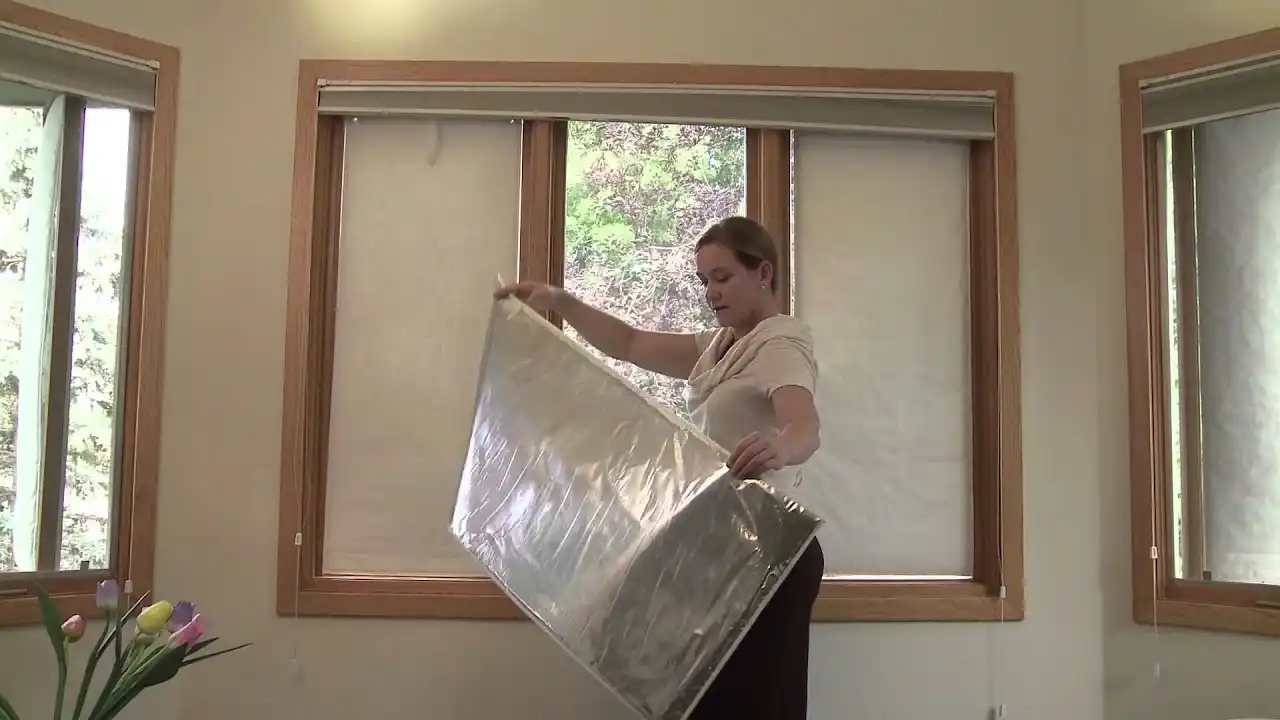
Now, I know what you’re thinking. Blankets on windows might not be the most stylish solution, but trust me, it works really well in reducing and dampening outside noise according to secondskinaduio.com.
So how do you go about using them? Well, it is easy, just hang these blankets over your windows using curtain rods or clips.
The thicker the blanket, the better!
And the best thing about these blankets is you can easily store them away when you don’t need them just like curtains.
Of course, it might not be the absolute top-tier solution like fancy soundproofing window inserts or double-glazed windows.
But they still pack a punch and can make a significant difference in taming those noises that drive you crazy. Plus, they won’t burn a hole in your wallet. You can get a good quality blanket under $150.
17. Mask Noise Disturbance with a White Noise Machine

White noise machines are a popular choice for masking noise disturbance from outside. And it is the device that I personally use in my room to mask my neighbors children’s noise.
These machines produce a constant background noise that can effectively mask sudden loud noises from outside.
White noise machines work by producing a blend of frequencies that create a consistent hum that covers up any other noise in the room.
This way, your brain gets accustomed to the constant sound, and you’re not bothered by sudden spikes in volume from outside.
White noise machine is a good option to reduce noise impact of a skylight as they a bit more complex for soundproofing.
FAQs: How to Soundproof a Window
Here are some of the most commonly asked questions about window noise-proofing.
1. Is it possible to soundproof existing windows without replacing them?
Yes, it is possible to soundproof existing windows without the need for complete replacement. There are various soundproofing materials and techniques that can be applied to existing windows to improve their noise-blocking capabilities.
2. Can I still open and close my windows after soundproofing them?
Yes, in most cases, soundproofing methods are designed to allow the windows to be opened and closed as usual. For instance, soundproof curtains can be easily drawn open or closed, and window inserts are often removable. However, the effectiveness of soundproofing will be reduced when the window is open.
3. How much will it cost to soundproof a window?
The cost of soundproofing a window will depend on various factors, including the chosen soundproofing method and the size of the window. The cost can range from relatively low-cost solutions like weather-stripping or soundproof curtains (around $20 to $100) to more expensive options like acoustic window inserts or double-glazed windows (which can cost $200 up to $2,000).
4. Is soundproofing reversible? Can I undo it if needed?
Yes, many soundproofing methods are reversible, which means they can be undone or removed if needed. For example, if you used weather-stripping or applied window film, you can usually remove these without causing permanent damage to the window. Removable soundproof window inserts can also be taken out when not required. However, some soundproofing solutions may leave minor residues or marks on the window frame.
My Final Thought on Window Noise-proofing
Dealing with constant noise disturbance from outside can be incredibly frustrating and disruptive to our daily lives.
However, there are several effective and budget-friendly ways to soundproof a window, providing much-needed relief and tranquility.
In this article, I’ve mentioned 17 different ways to soundproof a window from outside noise.
Among those options, my personal favorite method for quieting a window is to install soundproof window inserts.
I’ve been using this method for almost 1 year and 7 months, and it has made a remarkable difference in reducing noise.
I strongly recommend giving it a try if you’re serious about reducing noise to a great extent.
However, if you can’t afford it then you can explore other options like soundproof window shutters, Plexiglass sheets, soundproofing window films, and quilted moving blankets can be practical alternatives and more affordable solutions.
And for those who prefer a consistent hum to mask noise, a white noise machine with soothing natural sounds can work wonders.
With these 17 effective ways to acoustically insulate a window, you can regain control over your living or working space.
So go ahead, try these tips, and enjoy a quieter and more peaceful place. Happy soundproofing!
